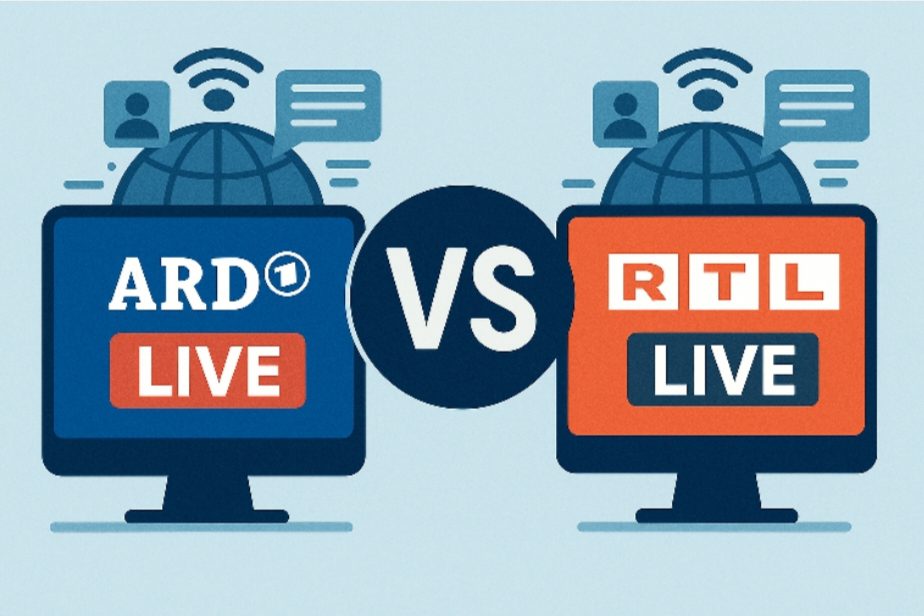
In finance and tech, the buzzwords are constantly shifting, but one concept that’s gaining serious traction is the tokenization of real-world assets (RWAs). With blockchain taking center stage in nearly every major industry, the fusion of real assets and digital tokens is shaping up to be a revolutionary way to invest, trade, and create wealth. But what does it all really mean, and how could it impact your investment strategy? Let’s dive in and find out why this could be the next big thing for savvy investors.
Contents
The Basics: Why Everyone’s Talking About Tokenization
At its core, it’s the process of converting an asset’s ownership into digital tokens stored on a blockchain. Think of it as a way to make physical, valuable assets (like real estate or even art) accessible and tradeable in the digital world. No longer confined by traditional finance structures, investors are opening up to the idea that practically anything can be tokenized.
Tokenization streamlines the exchange of assets, reduces paperwork, and makes it easier to track ownership. But beyond convenience, it has the potential to democratize investment opportunities. It’s breaking down barriers that have traditionally kept high-value investments, like real estate or high-end collectibles, limited to wealthy individuals or institutions. Tokenization is putting that power into the hands of everyday investors.
Why Real World Asset Tokenization is a Big Deal
Real world asset tokenization isn’t just a cool concept—it’s transforming how we look at investments. The process of breaking down large, illiquid assets into smaller, tradable digital tokens is changing the game, and that means more flexibility and accessibility for investors.
Imagine owning a slice of a luxury apartment building or a piece of a multi-million-dollar art collection without needing millions in your bank account. Real-world asset tokenization opens up this possibility by making traditionally inaccessible investments attainable. For example, a real estate property worth millions can be divided into hundreds of tokens, allowing multiple people to own a fraction of the asset. This brings liquidity to the market and expands your investment options.
What sets this trend apart is the level of security and transparency blockchain offers. Ownership is clearly documented, fraud risks are reduced, and transactions can happen more quickly and cheaply. This creates unparalleled opportunities, especially for those looking to broaden their horizons in the investment space.
It’s easy to see why real world asset tokenization has become one of the most exciting developments in the blockchain world. This section is where the future of finance is headed, and it’s only a matter of time before the industry fully embraces it.
How Tokenization Helps You Diversify Your Portfolio
When it comes to smart investing, the old advice still stands—diversify your portfolio. What’s different now is how you can do it. With tokenization, you’re no longer limited to traditional stocks, bonds, or ETFs. You can own fractions of high-value assets that were previously out of reach without overextending yourself financially.
This diversification can be a key strategy in reducing risk and increasing potential returns. The ability to spread your investments across different asset classes like real estate, art, or commodities—without needing large sums of money upfront—means you can balance high-risk assets with more stable ones. And because these assets are tokenized, you can trade them more efficiently, allowing for greater liquidity than traditional investment avenues.
For instance, you might own a few shares of blue-chip stocks but balance that with tokens representing ownership in a commercial real estate property. Doing so makes you less vulnerable to a single market’s ups and downs. Tokenization provides the flexibility to manage and diversify your portfolio like never before.
Tokenization vs. Traditional Investments: Why This Could Be a Game Changer
In traditional investing, getting your foot in the door is not always easy. You might need significant capital, deal with paperwork-heavy processes, and wait long periods to see any returns. This is especially true regarding assets like real estate, where transactions can be slow, and liquidity is often a concern.
Enter tokenization, where none of these old-school roadblocks exist. Transactions happen in real-time, intelligent contracts make legalities seamless, and liquidity is enhanced. Blockchain technology eliminates the middleman, reduces fees, and makes investments more transparent. Investors can now buy, sell, or trade tokens with the ease you’d expect in the stock market—without all the bureaucratic hassle.
It’s also worth noting that tokenized assets aren’t bound by geography. An investor in Tokyo can easily buy tokens representing an apartment in New York or shares of a solar farm in Spain. This global accessibility increases the potential for better returns and broader investment opportunities while efficiently diversifying across international markets.
Closing Thoughts
Tokenization has the potential to reshape the financial landscape in ways we’re just beginning to understand. From increasing access to high-value assets to improving liquidity and security, the benefits are hard to ignore. As blockchain technology continues to mature, it’s clear that the tokenization of real-world assets isn’t just a trend—it’s the future of investing.
For investors looking to stay ahead of the curve, exploring this innovative process could be the key to unlocking new opportunities. Whether you’re a seasoned investor or just getting started, tokenization is a concept that should be on your radar. The world of finance is evolving fast, and those who adapt will be the ones reaping the rewards.
The door to a new era of investment is opening. Are you ready to step through?







